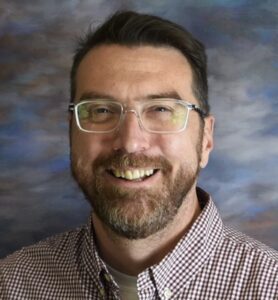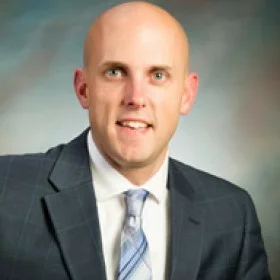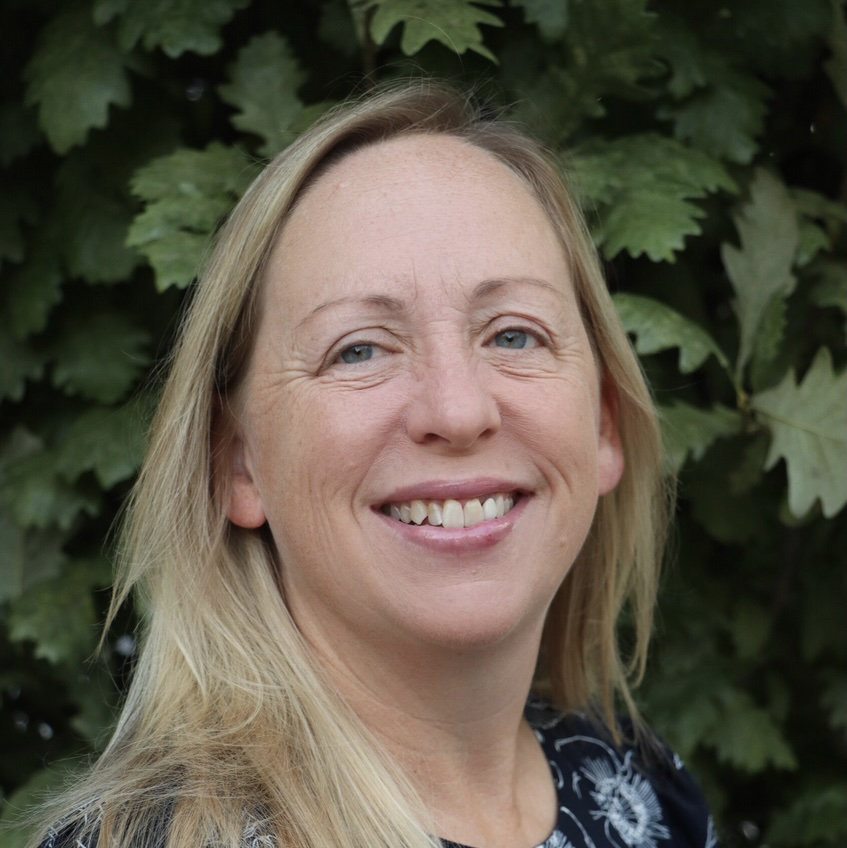
Rural healthcare is fighting an uphill battle. Consider the following facts, courtesy of the NHRA:
The statistics may seem jarring. But to those who live and work in rural America, it’s reality. And unfortunately, the economic hardships suffered by many during and after Covid-19 have not helped matters.
“It has gotten harder – a lot harder,” said Linda Stevenson, CIO at Fisher-Titus Medical Center. Although organizations like hers still work hard to immerse themselves in the community, it has become increasingly difficult to invest in service lines when their own margins are so tight. “If we do too much of that, we won’t be able to sustain ourselves.”
Fortunately, what rural healthcare organizations lack in resources, they make up for in resourcefulness and a passion for serving the underserved.
In the first of a two-part series on rural healthcare in America, Stevenson and two other leaders – Scott McEachern (CIO, Southern Coos Hospital & Health Center) and Brian Sterud (CIO & CISO, Faith Regional Health Services) – open up about the myriad challenges they face. Not just in keeping the doors open, but being able to serve people across wide geographic areas, recruiting and retaining both providers and IT staff, and finding ways to leverage cutting-edge technology without putting data (and patients) at risk.

Scott McEachern
When most people hear the words “rural healthcare,” they don’t typically envision rapid growth, but oftentimes, that’s exactly what’s happening.
Case in point? Southern Coos Hospital and Health Center in Bandon, Oregon. When the 21-bed critical access hospital was built in 1999, it fit the needs of the coastal community. Now, however, “we’re bursting at the seams,” said McEachern. “We need a new spot.”
But it’s not just about constructing a new facility – which, of course, would be a significant financial lift. As part of its strategic objective to be “the hospital choice on the southern Oregon coast,” Southern Coos embarked on a master facilities planning process to better understand the “demographic changes” the area has undergone and develop a long-term plan to better serve the population. “That will give us a roadmap for our service line development,” said McEachern, who contracted with a consulting agency to determine next steps. “We know we need more space, but we also need to know what services to invest in. We’re taking a closer look at our current footprint, which will determine how we’re going to grow and what type of financial plan we need to support that.”
However, it’s not just about expanding the physical footprint, he said, adding that plans are in place to incorporate telemedicine in the ED and join the state’s telestroke network. “That’s our first step. The second is to expand into specialty care and the outpatient space,” which includes connecting with organizations in urban areas for consults.
While those initiatives can help buck the trend, access to care remains a challenge, prompting leaders like McEachern to get creative. One tactic he’s pursuing is a partnership with Bandon Dunes Golf Resort, one of the largest employers in the region, to open an occupational clinic staffed by Southern Coos clinicians.
Others include opening an outpatient retail pharmacy to help patients secure medications in a timely manner, something that has eluded chain pharmacies in the area, and providing a nurse for the Bandon School District.
By having a nurse onsite, “we’ve been able to more effectively triage issues, especially behavioral health,” he said. As the local provider, “we must have those collaborations in place. And so, we’re really working hard toward those.”

Linda Stevenson
Like so many organizations, Fisher-Titus had to place projects on the back burner during Covid-19. And when the dust settled, they found that costs had spiked. “Everything we have to buy has gone up in price,” Stevenson said. “Our salaries had to go up to attract people to the organization, but our reimbursement hasn’t gone up. That’s the challenge we’re facing.”
In addition to its 100-bed hospital, Fisher-Titus has a skilled nursing facility, an assisted living facility, Home Health Center, and more than a dozen ambulatory locations, all of which are fighting for resources.
Fortunately, leadership had the foresight to invest in AI-power voice assistants, and saw positive results with Nuance Dax before switching to Suki Documentation. “There’s an opportunity to leverage AI for things like revenue collection and documentation so that we don’t need as many bodies, which are hard to find in rural health,” she said. “AI can do some of that for us.”
Based on the success it has had with physicians, the organization hopes to expand it to nursing and revenue cycle. “We’re looking at how we can automate pieces where people are making phone calls to get claims status, for example,” Stevenson noted. “It’s a waste of someone’s time when they can be digging into more complex challenges. Let’s let AI or bots do that work.”
When it comes to staffing the IT team, which has proven challenging, Fisher-Titus doesn’t rely on remote work – not for productivity reasons, but because it doesn’t match the culture. “They want to see people here. If we try to recruit someone who lives in California and has never set foot in our hospital, it doesn’t work,” she said. “We’ve tried it. There’s no buy-in, and there’s no attachment. You don’t get the feeling of our culture.”
It’s a quandary that other rural leaders can relate to, which is why Stevenson is such a big proponent of collaboration. “When I have a question, the first thing I do is phone a friend and ask, ‘what are you doing in this space?’ or ‘which vendors have you had success with?’ Those recommendations count for a lot.”
Fisher-Titus is part of Vantage Healthcare of Ohio, a coalition of independent hospitals formed in 2015 to help improve efficiency and patient care through sharing ideas. Last fall, Vantage became an affiliate member of the Suburban Health Organization, granting member organizations access to even more resources. “It’s rural healthcare organizations coming together to talk about our priorities, help with vendor selection, and get better pricing from that vendor,” she said.
Stevenson’s involvement goes beyond Ohio, as she is an active member of the CHIME Policy Steering Committee and has spoken on panels at ViVE and other events discussing the obstacles facing rural health systems. “We monitor what’s going on in Washington, whether it’s telehealth expansion or what’s happening with Medicaid reimbursement,” she noted, encouraging peers to get involved on the local and national levels, and utilize resources like the Rural Health IT Community, a partnership recently formed by CHIME, Microsoft, and Nordic.
“I don’t think people realize how many thousands of rural, community and critical access hospitals are in this country,” Stevenson noted. “We need to get the word out and get people to help make a difference.”

Brian Sterud
The recruiting hurdle is nothing new to Sterud, who has been at Nebraska-based Faith Regional Health Services since 2013. “It’s our biggest challenge,” he said, despite the fact that the organization boasts “exceptional” employee engagement scores. “We’re always in the top tier,” and still, hiring remains a struggle, particularly as other industries continue to leverage remote and hybrid models. “We’re competing with the whole nation,” he noted.
The realization prompted Faith Regional to reach out to Wayne State College, a nearby university. Sensing the opportunity for a mutually beneficial partnership, the two organizations formed Growing Together, a program that helps place students in internship roles at the hospital. And although it hasn’t yet resulted in a full-time hire, Sterud’s team is encouraged by the progress that’s been made.
“I’m really proud of what we’ve done,” he said, adding that the program isn’t limited to IT, focusing also on HR, finance, and other key roles. And while it’s still in its infancy, he believes it will help build a pipeline of talent, and could eventually serve as a model for similar organizations. “It’s already made a huge difference for us.”
Improving access
Another challenge comes in the sizable geographical area Faith Regional covers – and the resulting gaps in access. “Some people are traveling three hours or potentially more to get care,” Sterud said. Once again, the team put its head together and developed a solution: outreach clinics. “On any given day, we have specialists who go to other hospitals and provide the type of care people wouldn’t normally be able to get,” he said. “That’s the best way we can expand access.”
Faith Regional has also been able to continue the telemedicine programs that proved popular during Covid, especially in the behavioral health space. And in fact, “we’ve integrated it into all of our practices so that when people schedule, they can choose telehealth,” he noted. “It’s interwoven into our strategy.”
The cyber piece
Of course, along with the use of digital tools comes added security risks, according to Sterud, who holds the CISO role in addition to CIO. “We may be small, but we have the same struggles as everyone – but not the same budget,” he said.
And although he has an extremely qualified director who’s able to take tasks off of his plate, Sterud has also leveraged outsourcing to fill in the holes. “Hiring security talent is next to impossible,” he noted. “We pick our spots where we can use external consulting,” which has helped the team score high in risk assessments and ensure resources are being leveraged appropriately.
The final component in easing the security burden is in organizations like CISA, which offers free resources such as onsite vulnerability assessments for rural health organizations. When Faith Regional leveraged their service, “it opened our eyes to a lot,” he recalled. And although these resources are still available, CISA and similar agencies are at risk of losing their funding, he noted, making it critical for all CIOs – especially those from small or rural organizations – to lend their time to advocacy efforts.
“Everyone needs to have a voice, regardless of the size of the facility,” said Sterud, who received the CHIME Public Policy Award in 2023 for his commitment to policy issues. He urged others to get involved – or at least, “stay on to speed on what’s happening and network with others who are going through the same thing.”
For rural health leaders, it comes with the territory.


Questions about the Podcast?
Contact us with any questions, requests, or comments about the show. We love hearing your feedback.

© Copyright 2024 Health Lyrics All rights reserved